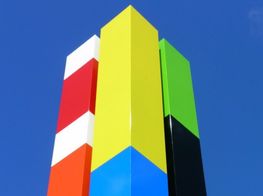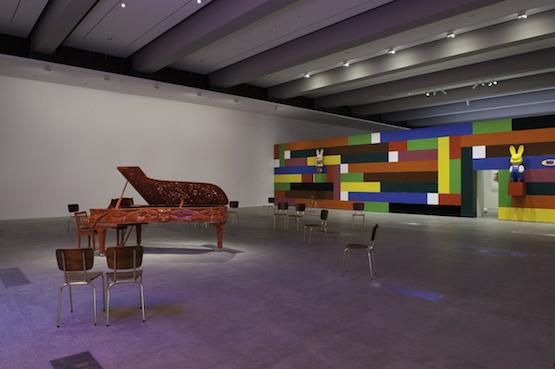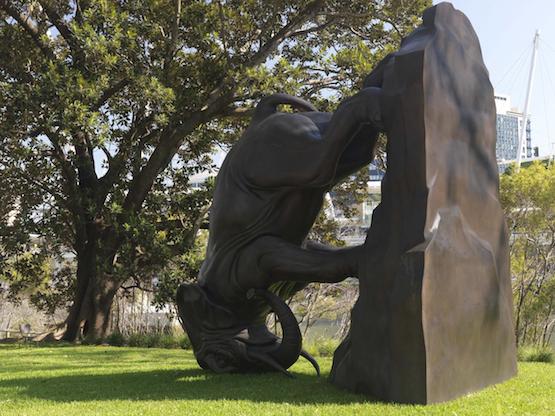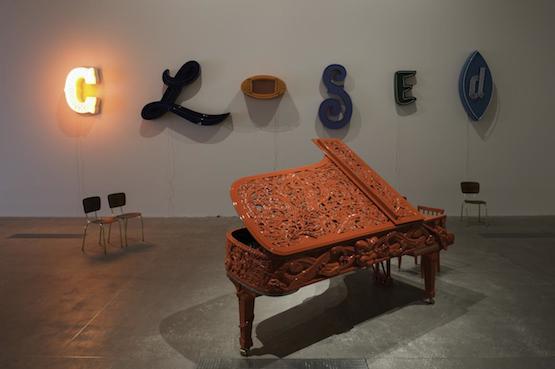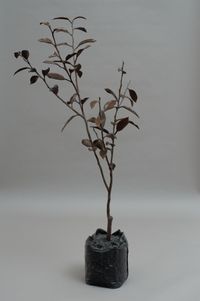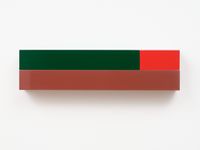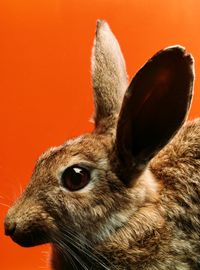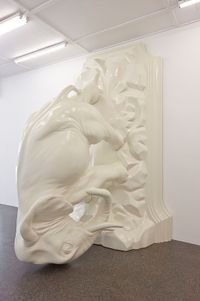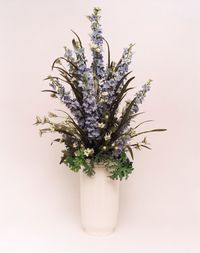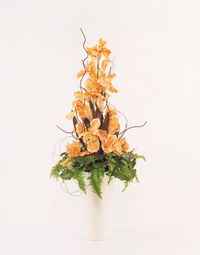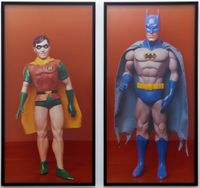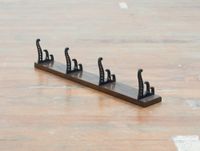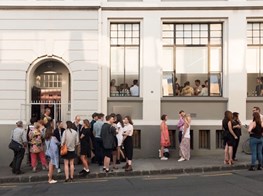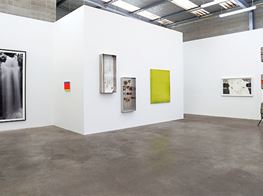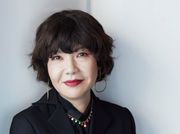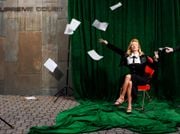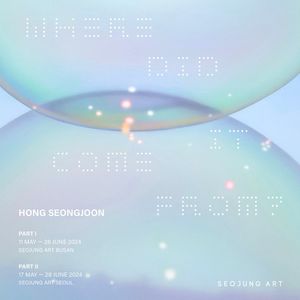Maud Page
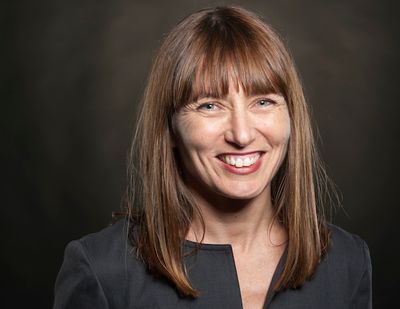
Maud Page is Deputy Director, Collection and Exhibitions at the Queensland Art Gallery | Gallery of Modern Art. Her position oversees all aspects of the Gallery’s curatorial activities, and is directly responsible for the management and development of the Gallery’s collections and exhibitions. She has been instrumental in the realisation of major exhibitions and projects, including the Asia Pacific Triennial (APT7 & APT8).
Maud joined the Gallery in 2002 and was Senior Curator, Contemporary Pacific prior to taking up her senior management position. She has been a member of the curatorium for the Asia Pacific Triennial of Contemporary Art since 2002. In 2009 she curated Unnerved: The New Zealand Project
, which toured to the National Gallery of Victoria, and was lead curator for Paperskin, Barkcloth Across the Pacific in collaboration with the Museum of New Zealand Te Papa Tongarewa and the Queensland Museum. Paperskin also toured to Te Papa in Wellington. In 2015 she curated Michael Parekowhai: The Promised Land.
Maud has written and lectured extensively, including teaching Museum Studies at Sydney University and Hong Kong University. She regularly contributes to Australian art journals and was a member of the curatorium for the Quai Branly’s Photoquai Biennial in Paris in 2009 and 2011.
Can you tell us about this most recent exhibition of Michael Parekowhai’s work at GOMA, The Promised Land. I understand that it is a retrospective of sorts (a mid-career survey?) that presents a range of new and significant pieces from the past. How did the show come together? Has it been a long time in the making? Which works have you and Michael included? And what do you hope to communicate with this selection?
I began my curatorial practice over 16 years ago with Michael Parekowhai with an exhibition we did called Kitset Cultures 1999 at the djamu Gallery (the Australian Museum at Customs House). He has probably been the most influential artist in the development of my thinking about our place and how we look out from this part of the world. We’ve never stopped talking, so the idea of a major exhibition had been on the cards for a long time! Parekowhai eschews retrospectives, we didn’t want to show a chronology of ideas but rather a constantly changing practice which is confident enough to glance back at times to address the present. Included in The Promised Land is his 3rd year Art School work After Dunlop. It’s precious to him, it greets his mother’s visitors as they walk into the family home. It’s also a good work, exquisitely carved entirely from Kauri and Oak wood, even 26 years ago he was seamlessly inserting himself into a much wider international art discourse where authenticity and movement were key. The nods to Marcel Duchamp have continued, from early kitset urinals to more recent re-use of titles like Nude Descending staircase. With Parekowhai you never quite know whether the nods are piss takes or homage.
Exhibition view, Michael Parekowhai, The Promised Land, Queensland Art Gallery, Gallery of Modern Art
The ‘Chrome Cook’ sculpture (The English Channel) is a new and momentous piece. The figure of Captain Cook looks somewhat contemplative here; slightly forlorn or downhearted. Does this work tap into a particular history or narrative? Why Cook, in particular?
The stainless steel sculpture of Captain Cook is that of a 3m high figure sitting with legs dangling off a sculptor’s trestle. He could be pensive or reflective. He is about to pronounce a momentous decision or has just made it. Regardless, Parekowhai says ‘he is someone we think we should remember. His image is unmistakeable, even though we don’t really know what he looked like.’ Cook is a celebrated figure in both our country’s narratives, repeatedly referred to through the metanarrative of ‘discovery’ and all the historical effacing the word conjures. The domestic setting upon which we encounter him is important.
Michael Parekowhai, The English Channel (detail). Image courtesy Jennifer French and The Queensland Art Gallery, Gallery of Modern Art
Michael’s works have engaged with sites of ‘cultural translation.’ This is a very loose way of me saying that they have often (but not always) been concerned with the history of colonisation, the place of urban Maori, the politics of post-colonial Aotearoa. How have these concerns been received in the Australian context? We share a common colonial ‘ancestor/invader’ (Cook), but have, of course, developed along different trajectories. There has been some concern from a section of the Aboriginal community in Brisbane about Michael’s work, The World Turns. I don’t believe that really significant public artworks can be controversy-free, but can you tell us about how you have approached the Australian colonial context in this show?
The Promised Land is about journeys and expectations. The breadth of possibilities for the title’s interpretation alone alludes to Michael’s non-prescriptive practice. Referring to a 1948 painting by the great NZ modernist Colin McCahon, but also to an Elvis Presley song, Chuck Berry lyrics, numerous filmic renditions and of course biblical evocations, The Promised Land is not specific to Australia, or to anywhere in particular. It can address colonial narratives but it’s not its predominant purpose. In Michael’s words, the exhibition gives ‘a moment of true history and of history made up’. It acknowledges a standing point from New Zealand but doesn’t make claims on Australian history or issues. Parekowhai conceived of the show specifically for Australia—he wouldn’t have presented the same works for a New Zealand audience—they know his work too well. The light boxes imaging the forest of Woodhill, west of Auckland, appear like any other pine forest in Australia, its specificity is only in the background, with the titles Forest Rangers and the Irish Guard addressing other more international stories about bravery, front-lines and obligations.
Michael Parekowhai, The World Turns
I’m fascinated by how visual scale functions in Michael’s work. I think this is a traditional sculptural problem that artists such as Dahn Vo and Fiona Connor are also really good at dealing with. But bigger is not always better. Is it about building drama? A kind of theatricality? Have Michael’s works become bigger, more permanent, more monumental? How do they work with the smaller pieces? Are these significant curatorial issues?
Michael is interested in exploring proportion, but many of the works have actually become smaller. The life size security guards Kapa Haka have become maquette size with their taller sibling standing in another gallery, probably making our audiences think that the smaller works preceded the big one. The bronze tools (Acts III) have transformed from larger, wooden sculptures coated with automotive paint to smaller versions with a plastic-like patina. Same with the pick-up sticks (They Comfort Me II). Working with scale and dealing with space are strengths – Captain Cook is large enough to be imposing but not enough that we are awed by him, to be able to stand between his legs and look up into his reflective face is both intimate yet disturbing and the way he is encountered, from behind, virtually alone in a house (with only wallpaper around him, both physically and metaphorically) is an incredibly physical experience. The monumentality of Memory Palace (the flesh coloured structure that houses Cook) is transformed by the recognition that we are entering a home: a readily recognised domestic setting with real glass windows, a fireplace and wooden doors. For me this is a real departure for Parekowhai. It’s a generosity to audiences I’ve not seen him give before. He’s allowing for a degree of familiarity and comfort that indelibly imprints itself on the visitor and shapes the experiences to come.
Essentially the scenography of the exhibition is a huge cavernous gallery (1,100sq metres) divided into three. The first contains the house Memory Palace, the second eight domestic sized rooms that are constrained between the walls of ‘the home front’ and the last is a huge room, filled only with the piano and its music. Just as the idea of The Promised Land advocates movement through time, so too, does the exhibition require the visitor to walk through narrow corridors, enter rooms the size of bathrooms encountering works predominantly at close proximity. This play on space is totally emotive.
Exhibition view, Michael Parekowhai, The Promised Land, Queensland Art Gallery, Gallery of Modern Art
From what I’ve heard, The Promised Land is comprised of a series of rooms or environments—are there rooms within rooms, houses within houses (like wharenui within museums)? This is quite a different experience to confronting a monumental sculpture. One of the things I enjoyed about Michael’s Venice work was that you heard it before you saw it (well, I did ... navigating through the backstreets just off the Grand Canal). Although I was well aware of Michael’s notable guitar work, up until that point I had largely associated his work with visual spectacle—this was something different. Can you tell me about how you developed these more ambient environments in this current show?
Lastly, can you please discuss the importance of humour and wit in putting together this show. It strikes me that it would have been a careful balancing act because ‘jokes’ rely so much on precision, context and audience. But at the same time they need to appear entirely effortless and playful. This is a tricky curatorial task: any thoughts?
We all know humour is possibly the most effective way to communicate contentious issues. Mike P takes us on this ride whether we’ve paid for it or not and we never quite know whether we’ve stepped off it. It appears seamless because essentially he doesn’t really care whether you get the jokes or not – it’s not arrogance but personal.—[O]


